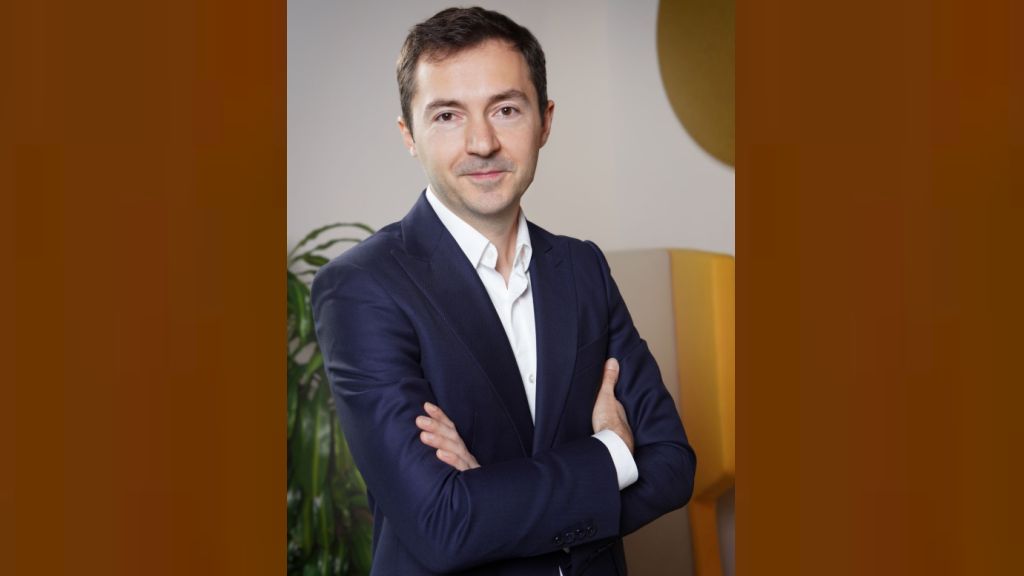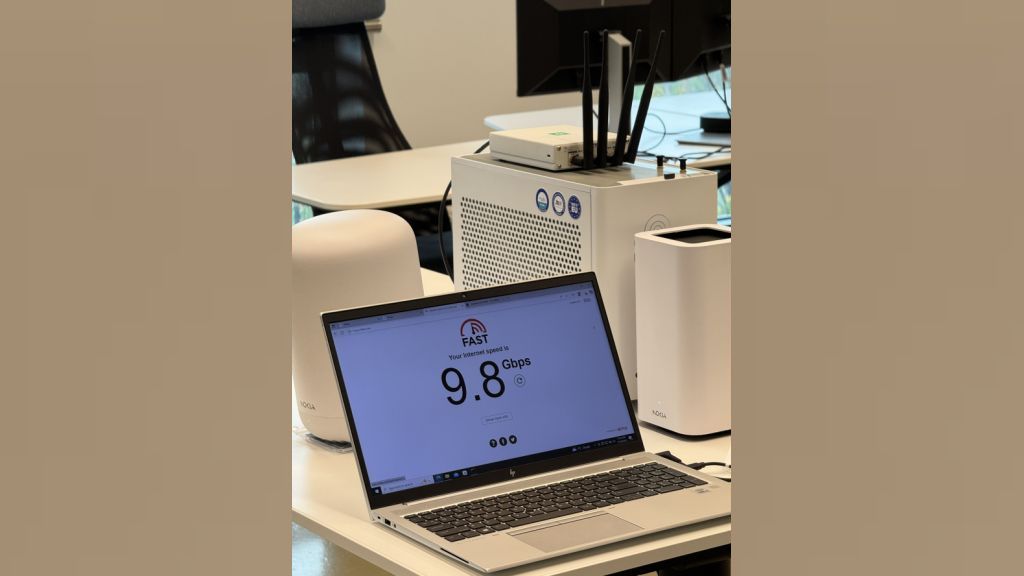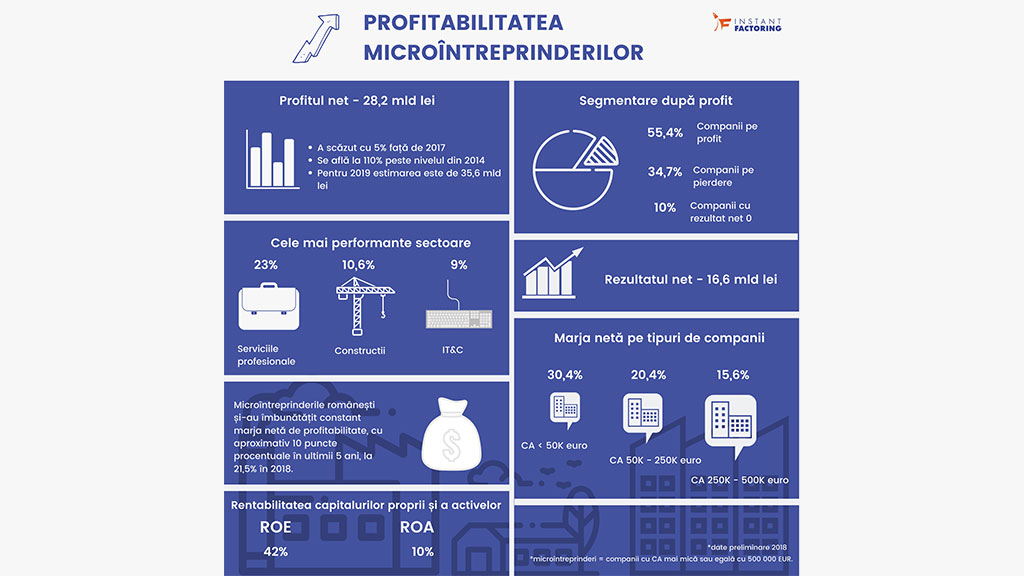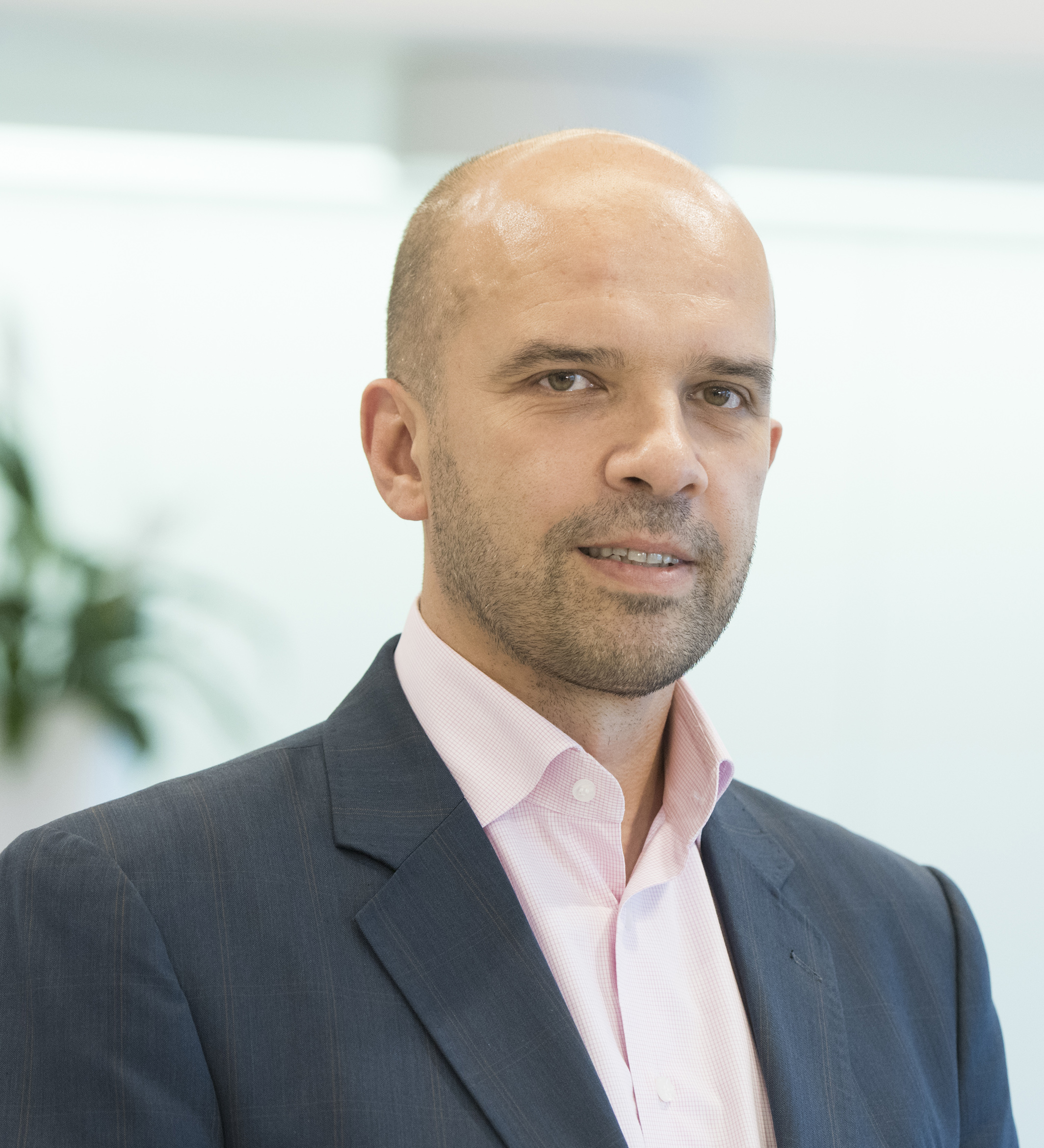Lagging economic growth is one of the main concerns regarding the evolution of Romania in the next years, and the EU funds are regarded as one of the safeguarding solutions - most of the times, with a very skeptical eye, though, given the very slow absorption so far and the many problems encountered in the process.
However, in order to make progress, we must abandon the small steps or small improvements approach. The current absorption process needs radical change. We cannot continue doing the same things over and over and yet expecting different, better results.
The banking system is very interested in the improvement of the absorption of EU Funds, and many important steps were taken towards a more fruitful collaboration with the beneficiaries and the authorities. The Comfort Letter (confirmation of financing capacity to implement the project), which the beneficiary obtains from the bank, stating the project is bankable, is one successful example, which greatly simplified the path towards the selection of financially sound projects.
The private sector sped up the implementation of the projects in 2012 and submitted more and larger payment requests. The absorption rate for POSCCE Programme, for example, (the Programme for Increasing Competitiveness dedicated to SME and large companies in Romania) is estimated to increase from 14% to 35% in the first semester of 2013. If the absorption trend is kept for the forthcoming 4 semesters, the direct effects will be: new jobs, environmentally friendly technologies, more taxes to the local authorities, higher efficiency, and increased export, which would lead to economic growth.
Major infrastructure projects, however, are a more complex story. We also need to dismantle a series of clichés when it comes to big infrastructure projects. The good news is that we can still accomplish them. The challenge is that the brunt of the whole process is yet to come, and 2013 and 2014 will be critical years to take the vital steps.
The lower rate of absorption is, nevertheless, in line with the events, taking into account that the contracts with the constructors were concluded mainly in 2010-2011 after “never-ending” acquisition procedures. As a consequence, the implementation of the projects will take place mostly between 2010 and 2015 and the higher amounts of payments – around EUR 10 billion should be absorbed in the last two years – 2014 and 2015. This will burden the national budget and a very clear multiannual national cash-flow has to be previously elaborated, as the payments for highways, railways, city rings, ports, airports and other major projects will be firstly supported by the Romanian state and then recovered from the European Union in the established quota.
As the implementation of one infrastructure project takes long time (from the initial plans to the final results), this period usually exceeding one government’s mandate, very important to be insured is the continuity of the respective project. Moreover, the prioritization of the infrastructure projects and the allocation of the funds should assure the finalization of those projects that are offering the most important benefits in the medium and long run.
Financing the infrastructure projects, which are quite expensive, via the EU funds and using less of the tax payers’ money should be seen as a tremendous benefit. And in order to improve the EU funds absorption rate, we should not forget that the technical assistance is another key issue to be acquired.
Then there are also the very powerful implications. Infrastructure remains one of the areas of critical importance, in which Romania has to start making progress if it aspires to stay in the race for attracting investments and foreign capital, which are essential to restart the engines of growth.































